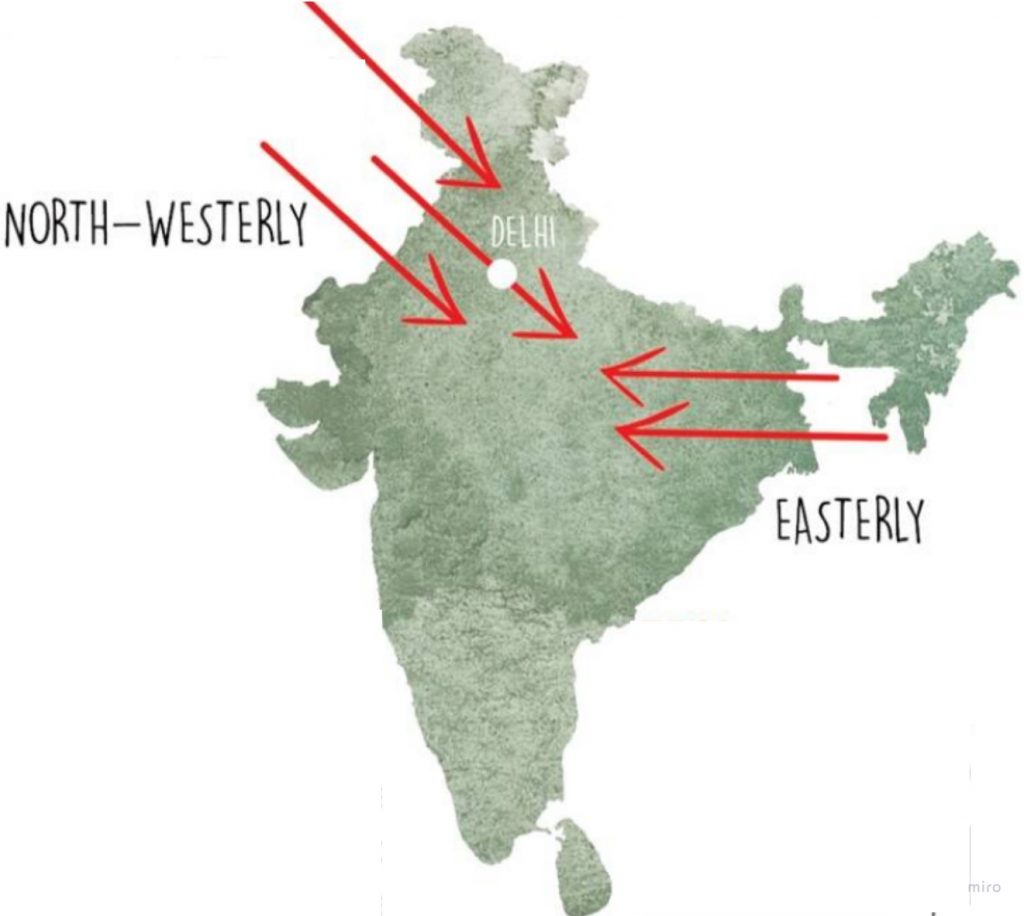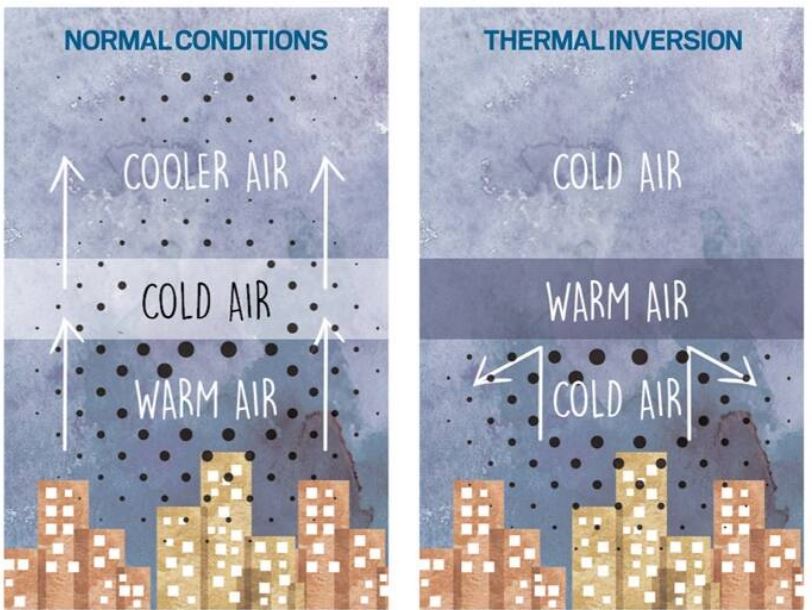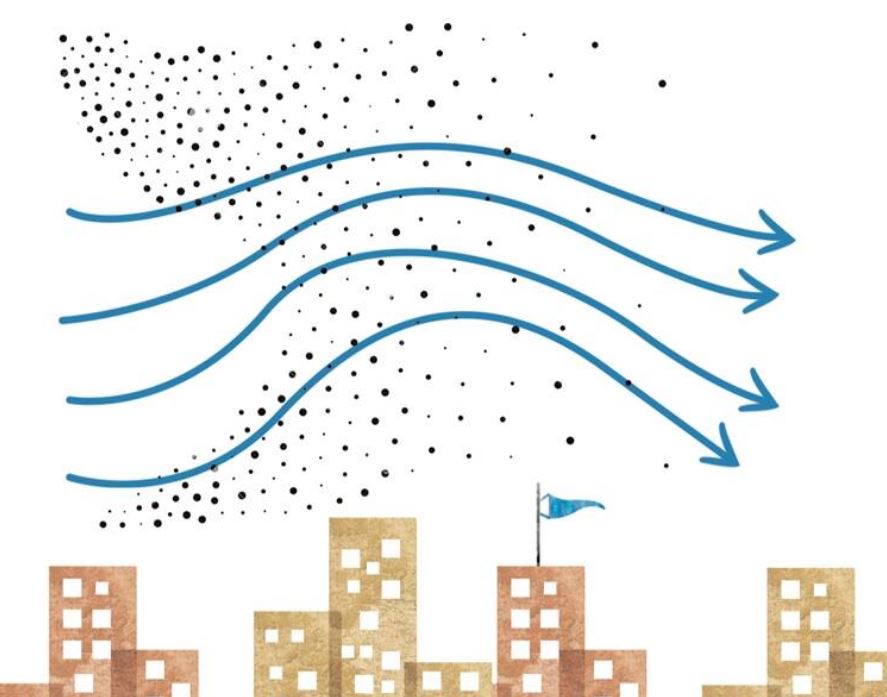News Highlights
The central government-run air monitoring agency SAFAR (System of Air Quality and Weather Forecasting and Research) has posited two scenarios for Delhi’s air quality during the upcoming winter.
Key Takeaways
- Early withdrawal of monsoon may result in fewer “severe” and “very poor” air quality days over the next two months, according to the Central government-run air monitoring agency SAFAR.
Two scenarios for Delhi’s air quality during the upcoming winter season.
- Scenario 1: If stubble burning in the neighbouring States peaks by October-end, and there are half as many fires as those reported last year.
- According to the air-monitoring agency, Delhi will likely have no “severe” air pollution days in October and November.
- However, there will be more “very poor” air days comparatively.
- Scenario 2: If stubble burning peaks around the same time as last year (mid-November) and the number of fires remains the same, Delhi will suffer from as many “severe” air pollution days this October-November as it did during this period last year.
- However, even in this case, fewer “very poor” air quality cases will be fewer.
Why does Air pollution rise every October in Delhi?
- Every year in October, Delhi’s air quality dips and a war of words between different governments erupts.
- Air pollution in Delhi is a complex phenomenon that is dependent on a variety of factors.
- The first and foremost is the input of pollutants, followed by weather and local conditions.

MONSOON WITHDRAWAL
- Wind Direction: During October, which usually marks the withdrawal of the monsoon in northwest India, the direction of wind changes from easterly to north-westerly.
- These dust storms arrive from Rajasthan, and sometimes, Pakistan and Afghanistan.

DIP IN TEMPERATURE
- When the temperature dips, it lowers the inversion height, which is the layer beyond which pollutants cannot disperse into the upper layer of the atmosphere.
- The concentration of pollutants in the air increases when this happens.

WIND SPEED
- High-speed winds are very effective at dispersing pollutants, but winters bring a dip in wind speed compared to summers.

THE ROLE OF FARM FIRES
- Farm fires have long been an easy way to get rid of paddy stubble quickly and at a low cost, and this happens more in October- November months
- 17-26% of all particulate matter in Delhi in winters is because by biomass burning

DUST, VEHICULAR POLLUTION
Cold Dry weather means dust is prevalent in the entire region
- Dust pollution contributes 56% of the PM 10
- Vehicular pollution contributes 20% of the PM2.5
Pic Courtesy: Indian Express
Content Source: Indian Express



